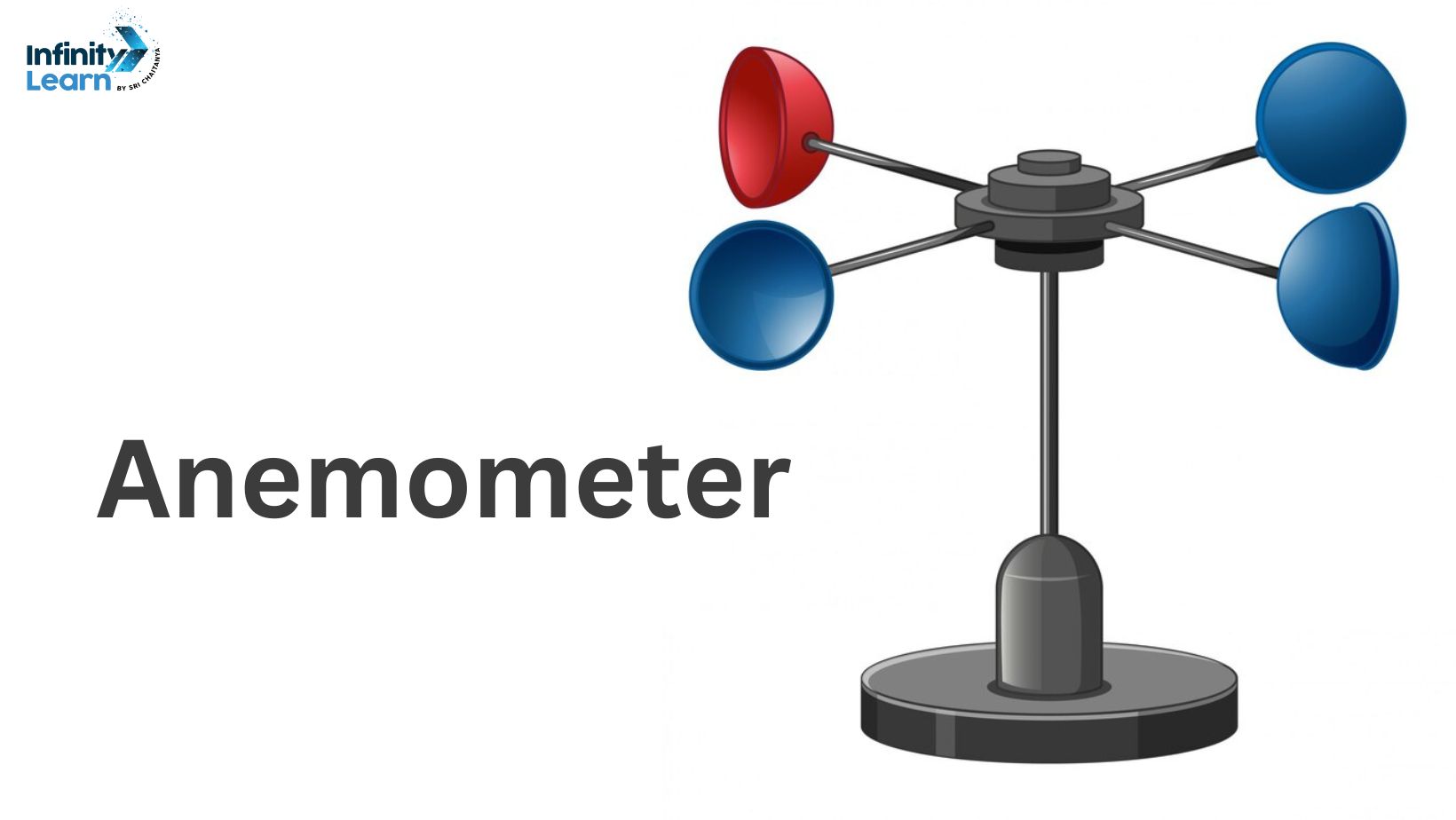Understanding Different Types of Anemometers for Various Applications
Understanding Different Types of Anemometers for Various Applications
Blog Article
Exploring the Functions and Benefits of Anemometers for Weather Lovers and Professionals
Anemometers stand as crucial tools in the realm of weather monitoring, accommodating both fanatics and experienced professionals alike. These tools offer a home window into the vibrant world of wind patterns and speeds, giving important data for atmospheric analysis and forecasting. From mug anemometers to sonic anemometers, each kind brings its unique set of applications and advantages, clarifying various elements of weather. As we explore the functions and advantages of anemometers, a deeper understanding emerges not only of dominating climate sensations yet additionally of the wider effects for sectors like wind energy manufacturing and ecological research study.
Importance of Anemometers in Weather Condition Tracking
Anemometers play an important duty in climate surveillance by giving precise measurements of wind rate, aiding in forecasting and understanding weather patterns. These tools, ranging from conventional cup anemometers to modern-day ultrasonic anemometers, are vital for meteorologists, researchers, and climate lovers alike. By measuring wind speed, anemometers assist in identifying the intensity of climate sensations such as hurricanes, twisters, and storms. Additionally, they offer beneficial information for aeronautics, maritime procedures, and numerous sectors that are sensitive to wind problems.

Sorts Of Anemometers and Their Applications
The most common kinds of anemometers include mug anemometers, vane anemometers, hot-wire anemometers, and ultrasonic anemometers. Mug anemometers consist of 3 or 4 cups placed on horizontal arms that turn with the wind, determining its rate. Vane anemometers, on the various other hand, use an openly turning vane to line up with the wind instructions, giving both wind rate and instructions measurements.
Each kind of anemometer has its one-of-a-kind benefits and applications. Cup anemometers are appropriate and durable for basic weather condition monitoring, while vane anemometers are favored for directional dimensions. Hot-wire anemometers are sensitive to reduced air velocities, making them suitable for interior atmospheres. Ultrasonic anemometers are non-intrusive and supply high precision, often made use of in research study and specialized weather condition monitoring applications. Recognizing the characteristics and applications of each sort of anemometer is vital for picking one of the most ideal tool for specific weather keeping an eye on demands.
Benefits of Utilizing Anemometers in Projecting
In weather forecasting, the use of anemometers supplies important advantages for improving the precision of weather condition forecasting. Anemometers determine wind rate and instructions, supplying vital data for predicting weather patterns. By including wind data right into projecting versions, meteorologists can better recognize the movement of weather systems, expect adjustments in atmospheric conditions, and problem much more precise projections.
Furthermore, anemometers play a vital duty in evaluating potential weather condition threats. Monitoring wind speeds assists forecasters forecast extreme weather events such as hurricanes, tornadoes, and winter season tornados with higher precision. This very early caution system allows authorities to release timely informs and carry out required precaution, reducing the threats to life and property.
In addition, anemometers help in optimizing eco-friendly power manufacturing. By analyzing wind patterns, meteorologists can determine ideal locations for wind ranches and forecast energy result, contributing to the efficient generation of wind power.

Anemometers in Wind Energy Manufacturing
Provided the crucial duty anemometers play in supplying exact wind data for climate projecting and risk assessment, their value includes the realm of wind energy production. Anemometers are important instruments in the area of wind energy, where the measurement of wind speed and instructions is important for establishing the feasibility and effectiveness of wind generator setups. By properly determining wind speeds at differing elevations, anemometers aid enhance the positioning and design of wind generators to make best use of power output.
In wind ranches, anemometers are strategically put to collect real-time wind data that is used to evaluate the possible energy production of a site. This data is critical in more helpful hints figuring out the economic viability of wind power projects and in projecting energy generation to ensure grid security. Furthermore, anemometers help in keeping track of wind conditions to enhance turbine performance, stop damage from high winds, and guarantee the security of employees operating in the area of wind turbines.
Enhancing Climate Comprehending With Anemometers

Anemometers play a vital function in boosting our understanding of microclimates. These local climate condition can vary considerably from broader local projections, making it necessary to have exact data for particular locations. anemometer. By strategically positioning anemometers in different areas, researchers can collect in-depth info on just how wind acts in various terrains, metropolitan settings, or bodies of water
In addition, anemometers add to boosting weather condition forecasting versions by giving real-time information on wind actions. This details is specifically valuable for forecasting serious weather occasions, enhancing farming techniques, and supporting industries like air travel and maritime navigating. Overall, anemometers are invaluable instruments that enable us to learn this here now dive much deeper into the complexities of weather systems, eventually resulting in even more accurate forecasts and better-informed decisions.
Final Thought
In verdict, anemometers play an important duty in weather monitoring and forecasting by determining wind speed and direction. Anemometers likewise have applications in wind energy manufacturing, more highlighting their value in both meteorology and eco-friendly power industries.
From mug anemometers to sonic anemometers, each kind brings its distinct collection of applications and advantages, dropping light on various elements of atmospheric problems. These tools, varying from typical mug anemometers to modern-day ultrasonic anemometers, are crucial for meteorologists, researchers, and weather enthusiasts alike. The most common kinds of anemometers consist of mug anemometers, vane anemometers, hot-wire anemometers, and ultrasonic anemometers. Cup anemometers are suitable and robust for basic weather monitoring, while vane anemometers are preferred for directional measurements. Anemometers are crucial tools in the field of wind energy, where the dimension of wind rate and direction is vital for figuring out the expediency and effectiveness of wind generator their explanation installments.
Report this page